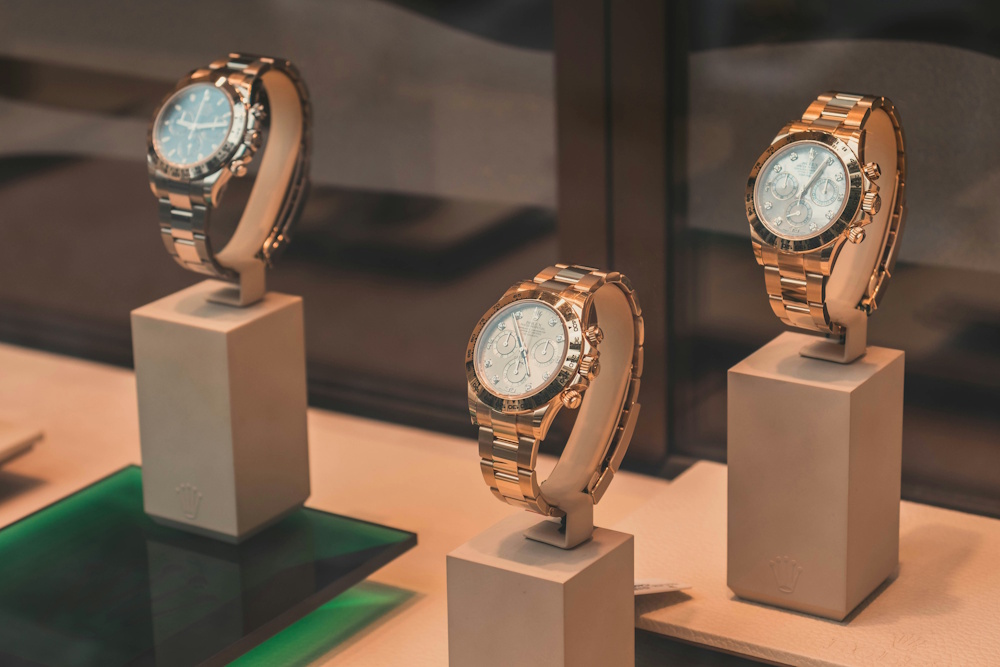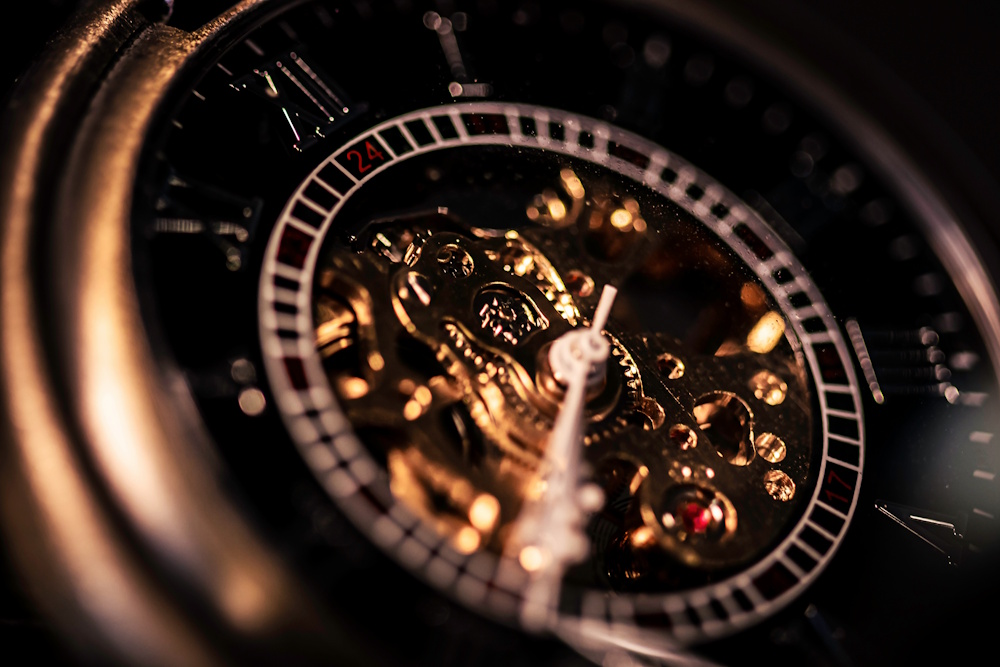For many collectors and enthusiasts, watches are more than just timepieces—they are investments. But while some watches seem to skyrocket in value over the years, others depreciate the moment they leave the store.
What separates a watch that becomes a sought-after collectable from one that loses its appeal? The answer lies in a combination of factors.
The Role of Brand Prestige and Heritage
Brand prestige and heritage are one of the primary determinants of whether a watch will increase or decrease in value.
Luxury watchmakers such as Rolex, Patek Philippe, and Audemars Piguet tend to have higher resale prices.
These brands have spent decades, sometimes centuries, crafting a legacy that collectors trust and admire. Their commitment to superior craftsmanship, limited production runs, and iconic designs ensures sustained demand, even in the pre-owned market.
In contrast, mass-market brands or newer manufacturers without an established history often struggle to retain value, as they lack the exclusivity and collector interest that drive long-term appreciation.
Other Factors that Determine Appreciation or Depreciation
Over and above the brand factor, there are a few other aspects that could boost the value of your watch.
Historical and Cultural Significance
A watch’s historical and cultural significance can greatly influence its value over time.
Timepieces linked to important historical events, worn by influential figures, or featured in iconic movies often become highly collectable.
For example, the Omega Speedmaster gained legendary status after being worn on the moon during the Apollo 11 mission, cementing its place in horological history. Similarly, watches associated with celebrities, such as Paul Newman’s Rolex Daytona, can attract astronomical prices at auction.
When a watch becomes part of a cultural moment or carries a compelling backstory, demand surges, leading to long-term value appreciation.

Condition and Maintenance
The condition of a watch plays an essential role in determining whether it will appreciate or depreciate over time.
Collectors and investors place a premium on timepieces that have been well-maintained, with minimal wear and tear, even better if the watch still has its original components. A watch that comes with its original box, papers, and servicing history is often worth significantly more than one missing these elements.
Regular maintenance from an authorized service provider is highly recommended if you want to maintain its value.
Market Trends and Speculation
Like any investment, the value of watches is influenced by shifting market trends and speculation.
Social media, celebrity endorsements, and sudden spikes in demand can drive up prices for certain brands or models seemingly overnight.
For example, the surge in popularity of stainless steel sports watches, such as the Rolex Submariner or Patek Philippe Nautilus, has been fueled by scarcity and hype rather than intrinsic value alone.
However, markets can be unpredictable, and speculative bubbles do burst—watches that gain value due to fleeting trends may just as quickly see their prices drop if demand wanes.
A truly appreciating timepiece is one that holds value beyond short-term hype, backed by strong craftsmanship, brand heritage, and long-term desirability among collectors.
To Invest or Not to Invest
If you’re looking to purchase a watch to enjoy, but also for investment purposes, these are the aspects you should pay attention to.
A timepiece can be an incredibly worthwhile investment, but it pays to steer clear of potentially short-lived trends and to bide your time to find a watch from a reputable brand.
